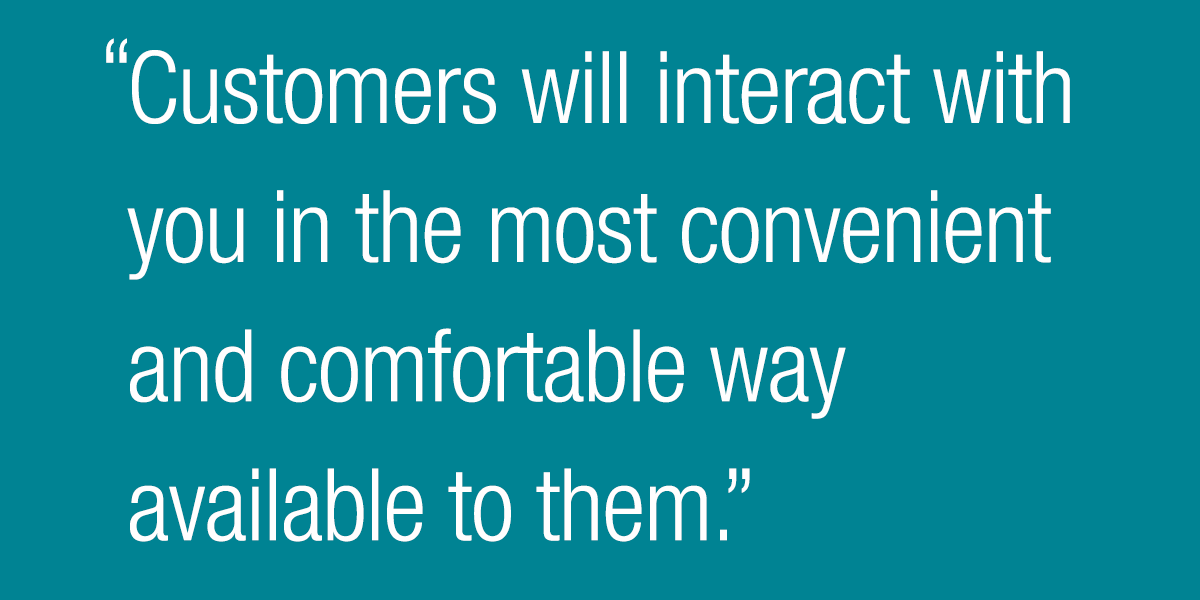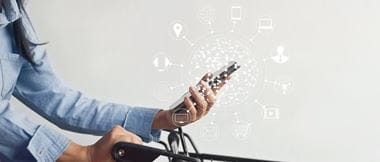
The cart before the horse
Why retail technology for its own sake might be worse than none at all.
If you’re in retail, it’s very likely that becoming more efficient is one of your priority objectives.
Laborious administrative processes can keep your staff from customer focused activities, making it more difficult to deliver excellent customer service and, ultimately, making you less competitive.
Retail technology offers much in terms of making many different processes easier and quicker for both customers and staff.
At a back-office level, this can mean simplifying workflows with solutions such as digital stock or order-management platforms, or outsourcing non-core processes like printer management to free up employee time.
Out on the shop floor, touchscreen technology can allow an instore self-service approach that marries the online and in-store shopping experience, again potentially reducing demands on staff.
However, ensuring that technology is used as intended by staff and customers can be a challenge, especially for retailers working across a widely distributed geographic network.
Investing in technology in retail for its own sake without understanding exactly how it will make the process more efficient for those on the front line is unlikely to deliver a successful outcome.
When it comes to introducing new customer-facing technology, retailers need to tread particularly carefully. The user interface is critical, and difficult-to-use or slow systems will not only provide a sub-optimal experience but could also risk sitting unused or even negatively impacting your reputation.
Customers will interact with you in the most convenient and comfortable way available to them at the time they happen to be in the store. How they choose to do it depends on a range of factors including whether they are pressed for time, what they are buying and whether they need to speak to a customer services representative.

With this in mind, in-store retail technology needs to be introduced as part of a wider mix that will allow the customer a degree of choice that suits their particular needs. Bringing in product information terminals might be helpful for some customers, but if that means fewer salespeople on the shop floor, you could risk alienating more people than you please.
Thinking about exactly how the retail technology will be used as part of the wider business process and carefully managing any behavioural change required is essential. This applies as much to employees as it does to customers.
Understanding the requirements of staff and providing the right training and support is equally important when it comes to rolling out back-office technology in retail.
You could invest in the most advanced and feature-rich inventory management system on the market, but if every member of staff doesn’t use it properly and you end up with gaps in the data, the project could end up being an expensive backwards step.
If you only think about an IT project from a top-down perspective, focusing on the efficiency savings on offer rather than meeting the needs of staff, it’s easy to forget that achieving these benefits depends on a successful implementation, and this means getting those who will actually use it on board.
A good retail technology partner should be able to work closely with you to build the service or solution around your specific needs at shop-floor level.
It’s well worth investing the time to do this – as this calculator shows, even small efficiency savings in processes like printing can add up to a big positive effect on the bottom line when multiplied over your whole retail estate.
Read more and find out more information about retail solutions and services from Brother.




